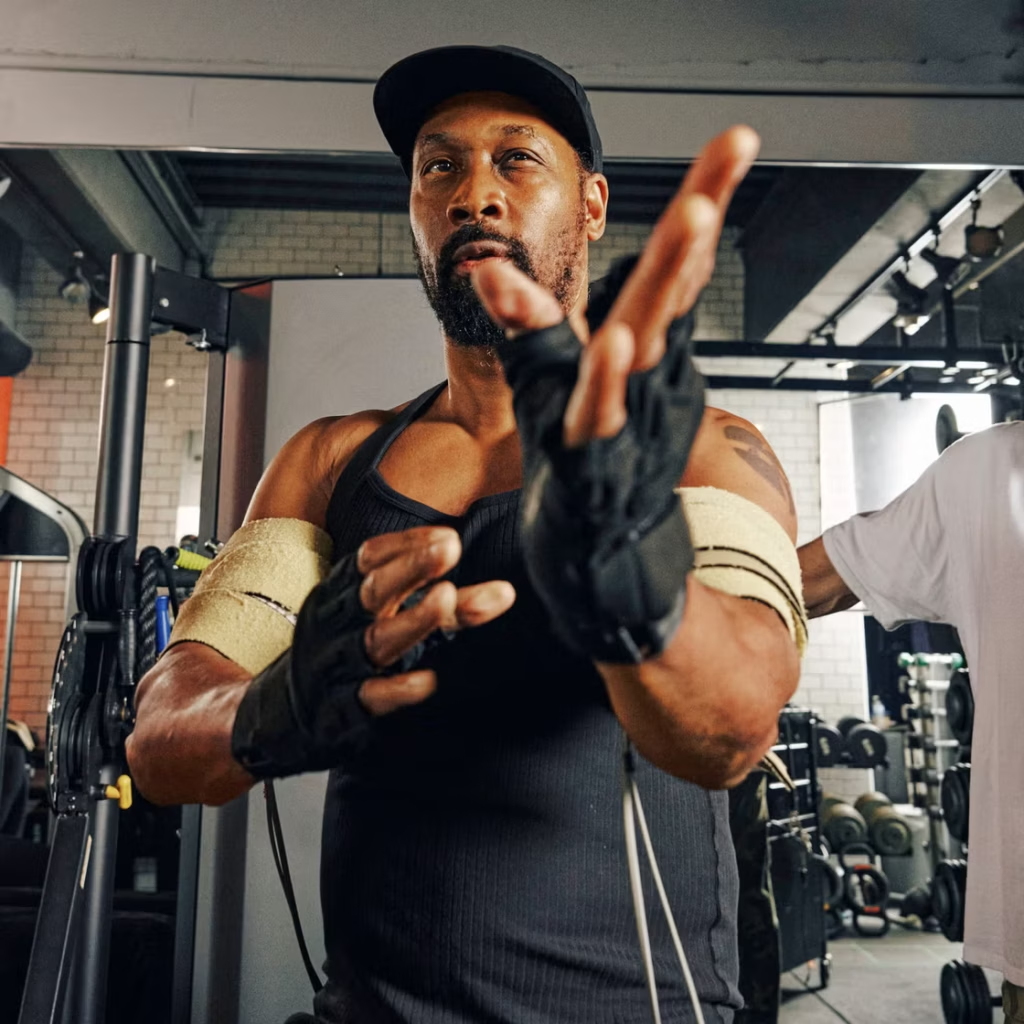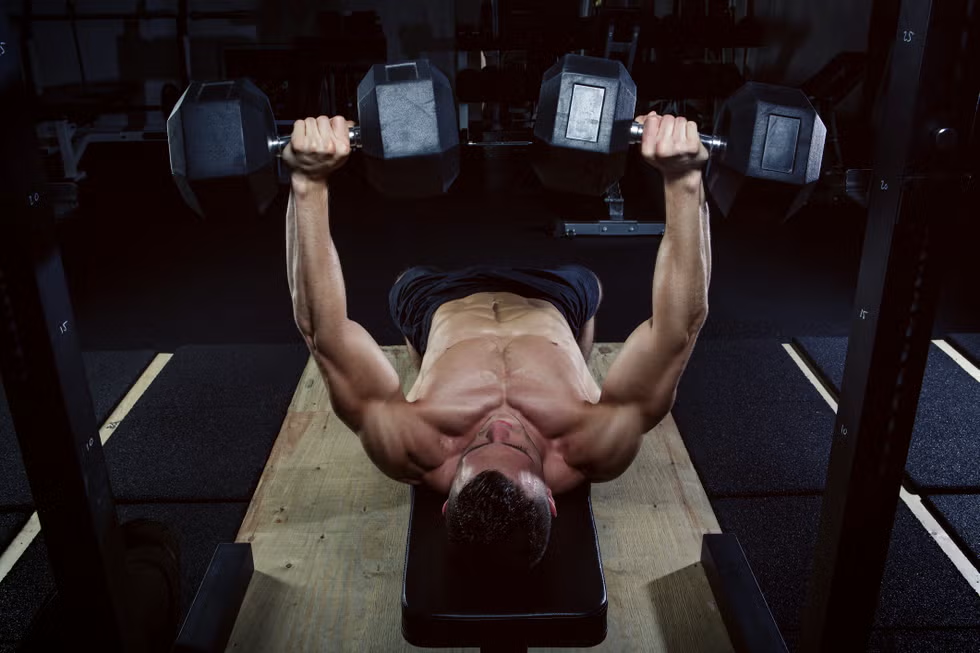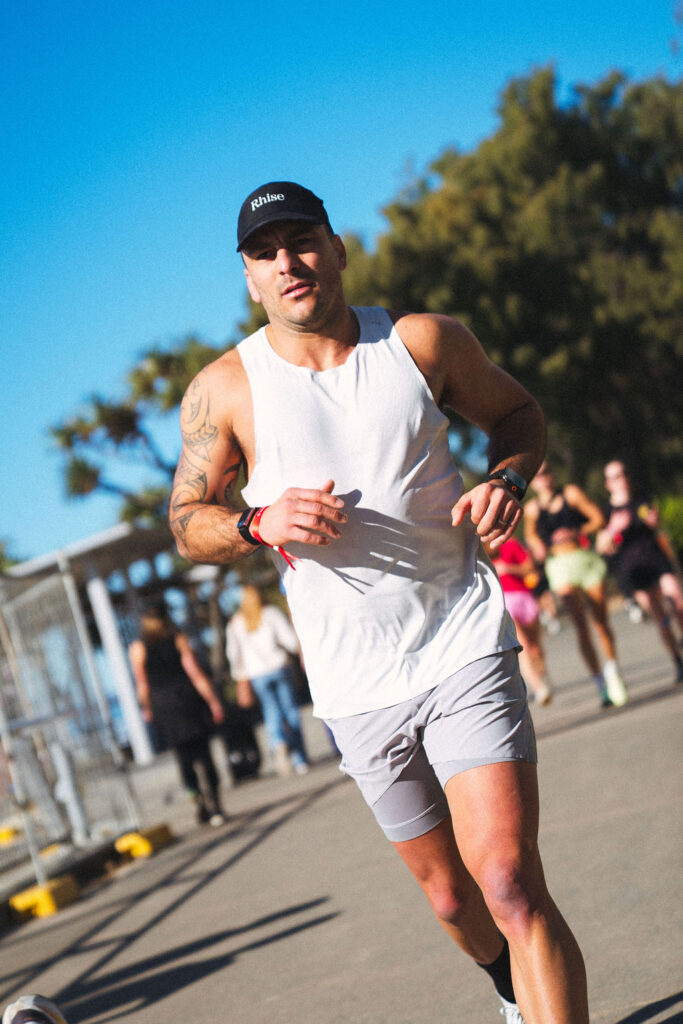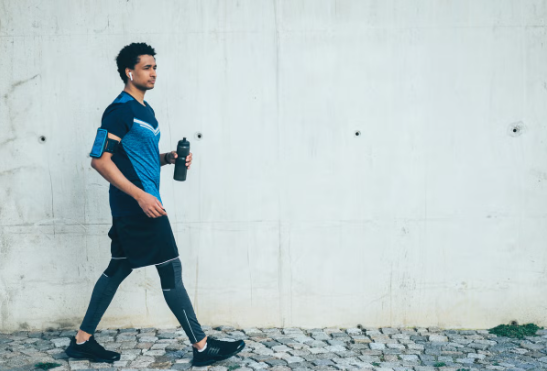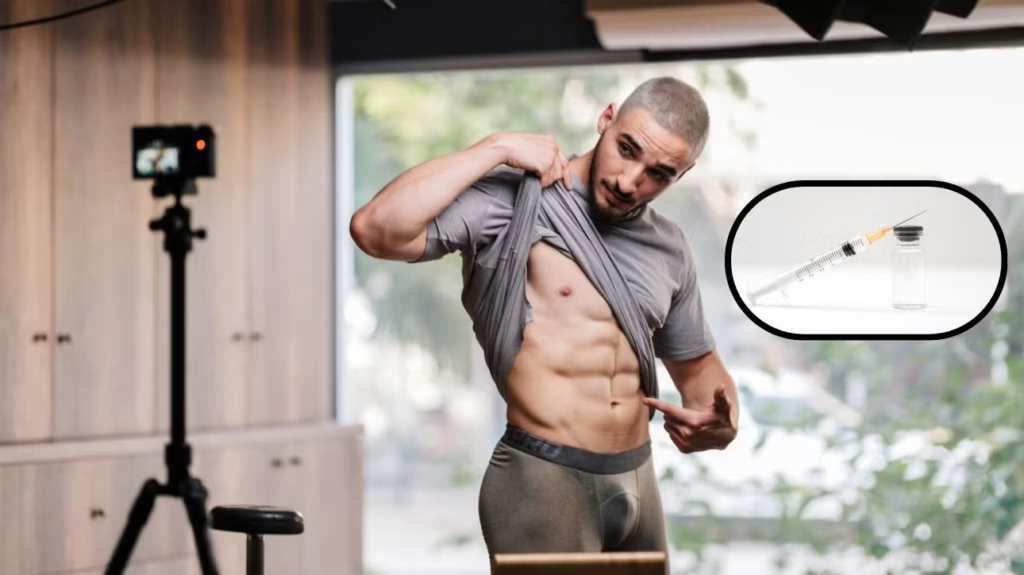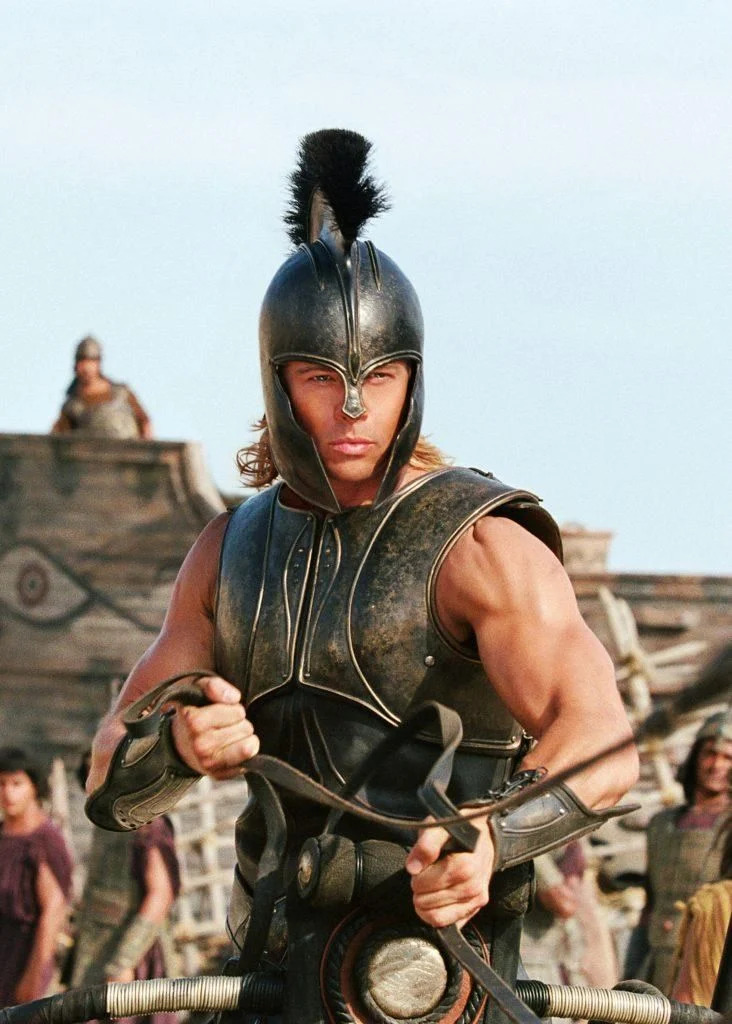I started doing yoga in 2011, when I was shutting down Iraq as part of Operation New Dawn.
Eight other Special Forces guys and I were the last US soldiers north of Baghdad, and our job was to represent US support for a sovereign Iraqi state.
The area wasn’t particularly dangerous (for a war zone, anyway), and we had some free time on our hands. So my fellow Special Forces guys did yoga. I lifted heavy things. Yoga was a sissy workout, I thought.
But one day after I’d finished a CrossFit WOD, the guys goaded me into joining one of their “sissy” sessions.
Related: Strength secrets of the SAS
As a sergeant with the Special Forces, I’ve been on sniper teams and reconnaissance teams and led hundreds of men in battle.
I deadlift 235kg, squat 185, and bench 145. But this yoga session left me in shambles. It was held in a cinder block building in the desert with no AC.
Matching my breathing to inverted poses was nearly impossible, and I felt like I’d used a whole new set of muscles.
After my deployment, I returned home and started doing three 90-minute yoga sessions a week to supplement my four or five weekly CrossFit-style workouts
I used to pound the iron nonstop. Now I’m actually 14kg lighter, but I’m hitting the same numbers in key lifts.
Leveraging the breathing techniques I learn on the yoga mat allows me to access untapped strength and mobility – I don’t need to redline to improve.
It’s funny, because those physical benefits are mostly due to yoga’s mental benefits.
As a soldier, I believed I could control everything around me completely and thoroughly. But the practice of yoga – breathing, being present and letting go – taught me to allow things to happen naturally.
People tend to think the Special Ops gig is all about blowing stuff up and kicking in doors of terrorist cells. Okay, we do that, but it’s a small fraction of the job.
As a Special Operations soldier, I must make good decisions in high-stress situations. The frame of mind that yoga puts me in lets me step back and assess a situation through a different lens and then react more calmly. In my line of work, that can be lifesaving.
When I returned home, my wife and I were having marital problems because I was trying to force the relationship to “work”.
One afternoon, while in moon pose, I realised that I can’t impose my will on my marriage – I just had to step back and let it run the way it needed to run.
Soon, everything started working between us. I’m better at my job. I’m better in the gym. I’m better at home. Hell, ask my wife – I’m even better in bed. I’m starting to see more and more of my Special Forces brethren in the yoga studio.
Knowing that the men in my regiment are also forging a mind-body connection makes me feel better about going into dangerous situations with them.
The Yoga Flow For Men
This high-intensity yoga flow builds ruthless mobility while bulletproofing your core, back, and shoulders. Follow the directions for one move, and then “flow” directly into the next move. Complete all four moves to finish one flow.
Breathing rules: try to inhale and exhale on a 4-count for the entire flow.
Aim to do 5-10 flows daily.
Standing Forward Fold Half Fold
Do it: Stand tall with your shoulders drawn back and ribs pulled in.
Inhale to reach high; then exhale as you fold your body to the floor by extending forward from your hips and bending your knees as much as you need to in order to touch it. Now straighten your legs as much as your hamstrings allow.
Inhale and rise to standing, bending your knees as needed to keep your spine straight. Do this three times.
Then, from a forward fold, do a half fold: extend your chest, letting your hands slide up onto your shins and keep your back straight.
Then lower back down into a forward fold. Repeat two more times.
High Plank Downward-Facing Dog
Do it: From the half fold, exhale as you step back into a high-plank position.
Push your tailbone toward your heels, extend your chest, and brace your core. Your index fingers should point forward and your upper arms should wrap outward to broaden your chest. Inhale, lift your hips, and push your butt up into the air.
Press down evenly with all 10 fingers (keep your thumbs grounded) and draw energy up your arms and your spine to help elevate your pelvis as you push your rear up. Draw in your rib cage and press your legs back. Extend your heels away from your toes and push them into the floor. Take three to five deep breaths.
Bending your knees in downward dog is okay. Push away the floor with your hands and heels.
Chaturanga Upward-Facing Dog
Do it: From downward-facing dog, inhale and rock your body forward into a high-plank position. Align your shoulders, hips, and heels, keeping your core and quads engaged. Exhale and roll forward onto your toes; your elbows should stay close to your body as you lower yourself, push-up style, until your upper arms are parallel to the floor.
Now inhale as you roll your toes under so that the tops of your feet come in contact with the floor. At the same time, press away from the floor as you lift through your belly, extend your chest and roll your shoulders back to transition into upward-facing dog.
Keep your hips and thighs off the floor.
Broaden your chest and draw your shoulders away from your ears.
Three-Legged Dog Knee-to-Elbow Touch
Do it: From upward-facing dog, exhale as you roll your toes back over so you’re once again in a high plank. Do a push-up and then exhale as you shoot your hips up into downward-facing dog and lift your left leg.
Keep your hips square to the floor. Now you’re in a three-legged downward dog. Inhale and bring your leg down and forward as you touch your left knee to your left elbow.
Do this three times; then switch sides and repeat the sequence three times. Now return to a downward-facing dog and push down through both heels for three final breaths. Then step or hop to the front of your mat and stand tall.
A twist challenge: cross your body by touching your left knee to your right elbow










